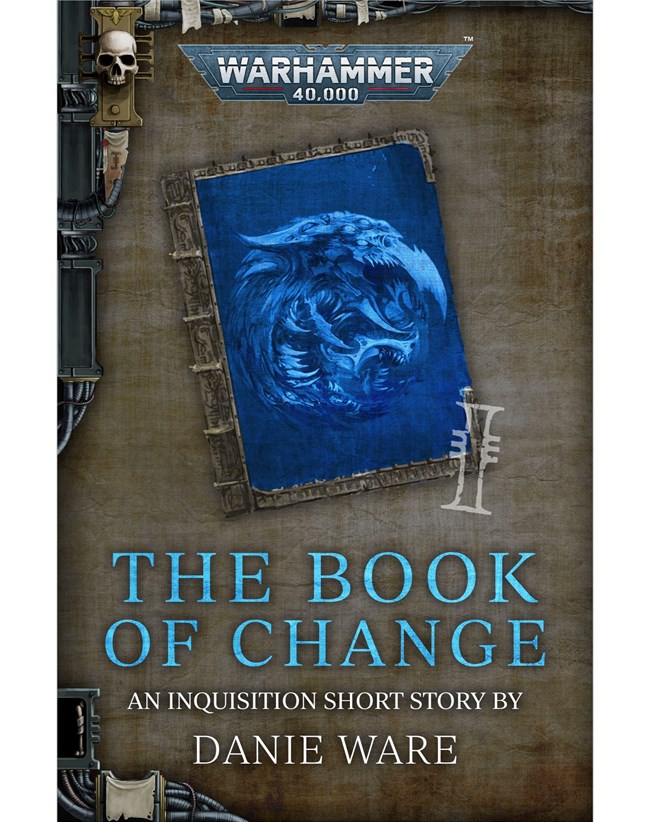
We’ve come to call this pattern “The Change Arc.” That remains our mission today, and in working with clients over the years to make changes large and small in their organizations, my colleagues at Proteus and I have observed what happens when an individual embraces a proposed change: there’s a simple, predictable, and powerful pattern. In 1990, when I founded Proteus International, a coaching, consulting, and leadership development training firm, our mission was focused on change: we help clients clarify and move toward their hoped-for future. I’ve been fascinated by change and our human response to it my whole adult life. Given all this, we need to re-wire ourselves to be more comfortable with and open to change we need to become more change-capable.

Major change happens moment to moment - economically, environmentally, sociologically, politically, and organizationally. Change, when it came, was generally an aberration and a danger.īut these days, the world is different. Until the past few generations, most people’s lives stayed very much the same from beginning to end: people grew up where their parents had grown up, did the work their parents had done, believed and knew the things previous generations had believed and known.

With a more confident or vocal team, you might get questions about whether the change is necessary, complaints about “yet another thing to do,” and lots of reasons why this just isn’t a good time for a big shift.īlame our history as a species. Sometimes the reaction is subtle: lowered eyes, tightened lips, silence. Every leader has had the experience of unveiling an organizational change - a new system or process, a corporate restructure, a shift in the business model - and getting a less-than positive response from their team.


 0 kommentar(er)
0 kommentar(er)
